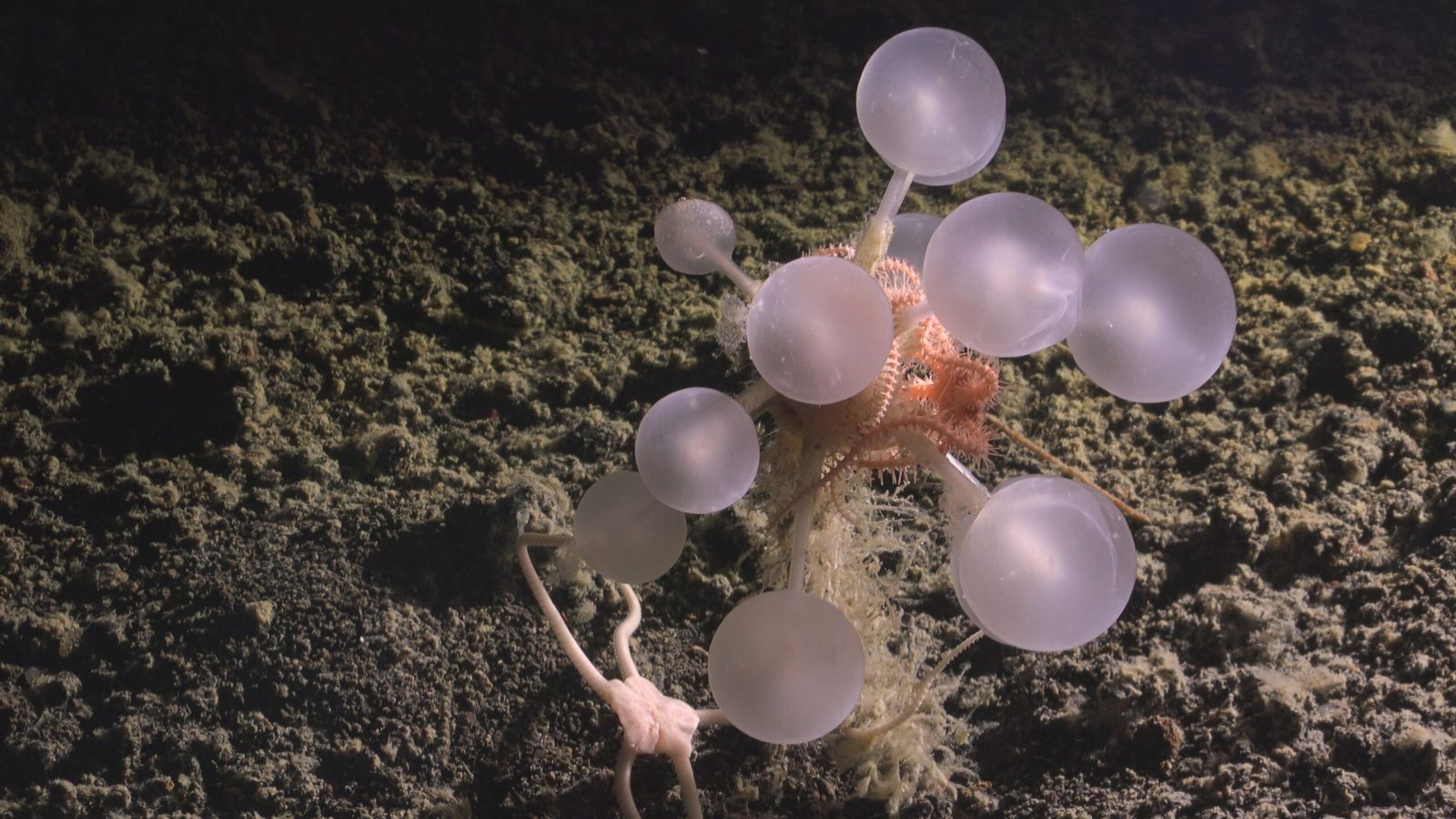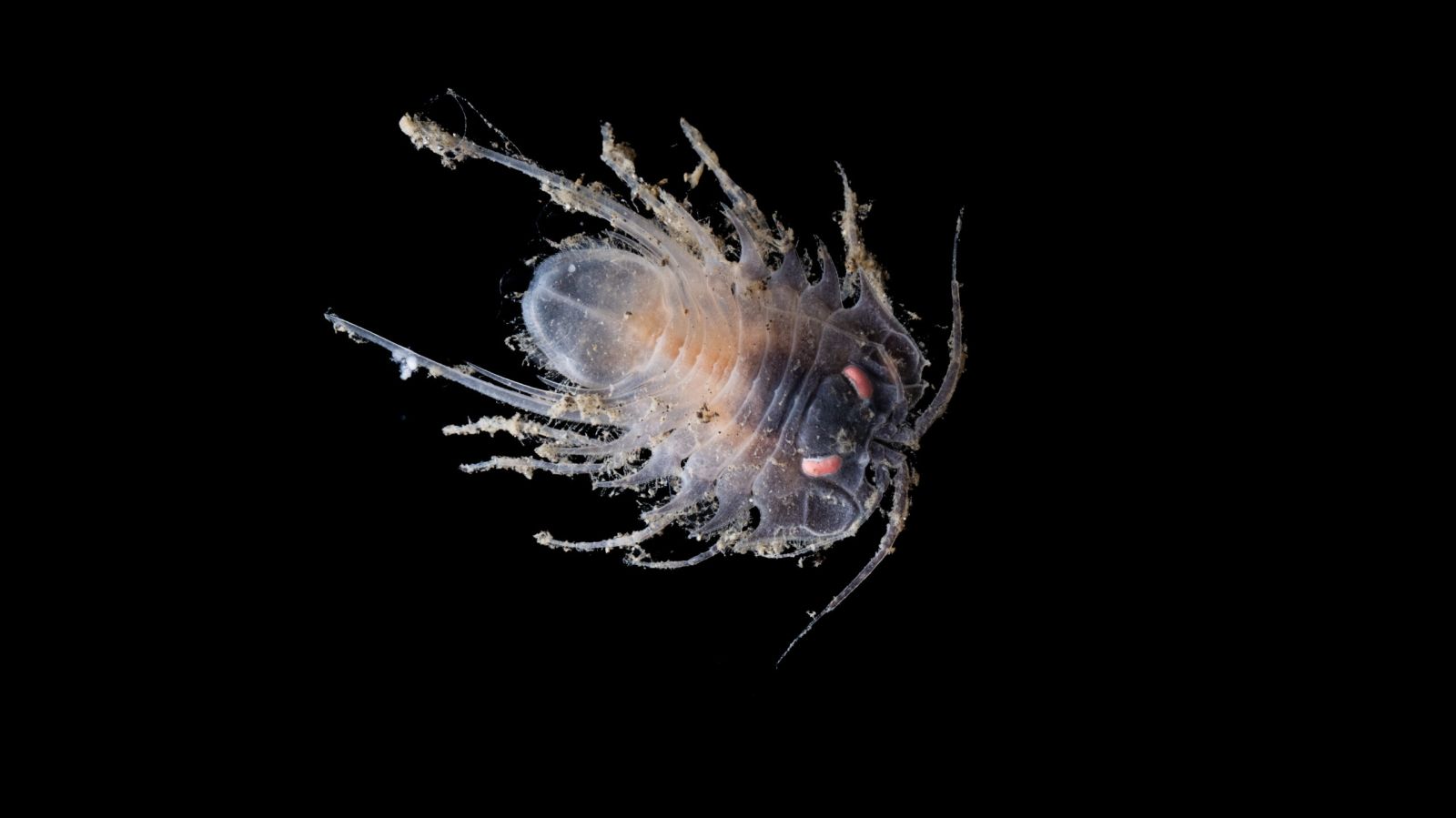👀 At least 30 new species discovered in the abyss, surprising animals!
Published by Cédric,
Article author: Cédric DEPOND
Source: Ocean Census
Other Languages: FR, DE, ES, PT
Article author: Cédric DEPOND
Source: Ocean Census
Other Languages: FR, DE, ES, PT
Follow us on Google News (click on ☆)
The Ocean Census initiative, conducted in collaboration with the Schmidt Ocean Institute, led this research in the waters surrounding the South Sandwich Islands. The oceanographic vessel Falkor served as a platform to deploy the SuBastian submarine robot. This state-of-the-art equipment made it possible to explore previously inaccessible areas, including volcanic calderas and the South Sandwich Trench. Scientists also took advantage of the calving of a massive iceberg to study seabeds released after centuries under the ice.

Extraordinary biodiversity revealed
The exploration revealed an underwater world of exceptional richness. Researchers identified 30 new marine species during the Southern Ocean species discovery workshop. Among these discoveries are scale worms with iridescent reflections and several species of starfish belonging to distinct families. The team also collected crustaceans, some of which could represent an entirely new family.
The volcanic environment hosts creatures adapted to extreme conditions. Gastropods and bivalves were observed in areas influenced by hydrothermal activity. Scientists are currently studying black corals and a potentially new genus of sea pen. These organisms testify to life's ability to colonize environments that appear most hostile to us.

The mission captured historic images of a young colossal squid. This observation constitutes a first documented scientific occurrence. The team also filmed Osedax worms, creatures specialized in decomposing the skeletons of marine vertebrates. These multiple discoveries illustrate the diversity of adaptive strategies in the abyssal environment.
A sponge with a unique lifestyle
Among the most surprising finds is a spherical sponge of the genus Chondrocladia. Its surface is entirely covered with transparent spheres armed with microscopic hooks. This unique structure allows it to capture live prey. The specimen has been nicknamed the "death ball" due to its appearance and predatory mode.
This sponge differs radically from traditional species in its feeding behavior. While the majority of sponges feed by passive filtration, this new specimen practices active predation. Its microscopic hooks form a deadly trap for small marine organisms. This remarkable adaptation shows the distinct evolution of species in these isolated environments.
Preliminary analyses indicate that less than 30% of the collected samples have been studied. The potential for additional discoveries therefore remains considerable. As biologist Michelle Taylor points out in Science Daily, this mission represents only the beginning of a long inventory process. Further analyses promise more revelations about this little-known ecosystem.